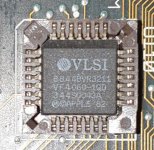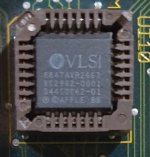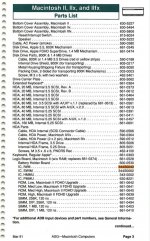mg.man
Well-known member
I recently acquired a 512k Mac with an additional external drive. Both drives were totally jammed, but thanks to the advice here and elsewhere, I have them freed up and accepting / ejecting disks. I don't have the 512k recommissioned yet, so have tried them in my Mac II. It sees the drives, but won't read or format. I've tried System 6.0.8 and 7.x... Is it possible to at least test these drives in a non-compact Mac?
Last edited by a moderator:



